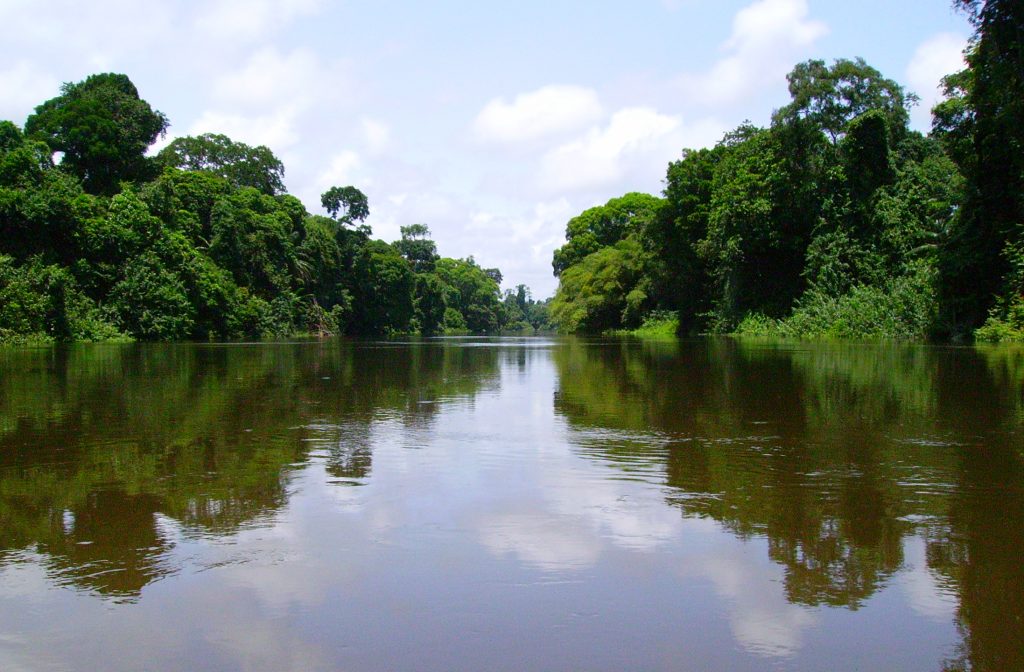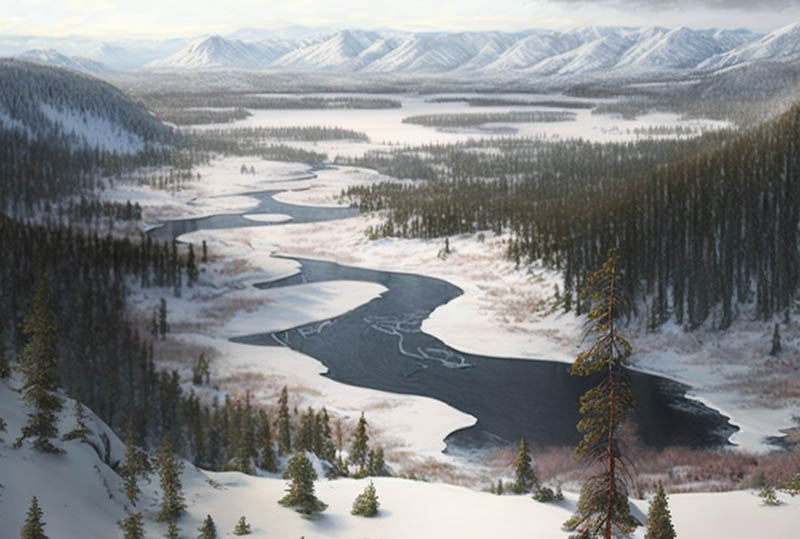The Highland biome is a unique ecological system that covers high-altitude regions of the world, including the Scottish Highlands, the Andes, and the Himalayas. Here are ten interesting facts about the Highland biome.
Location
The Highland biome is found in high-altitude regions of the world, typically above 1,500 meters (4,900 feet) above sea level. It is found in locations such as Scotland, the Andes, the Himalayas, and parts of Africa.
Temperature
The Highland biome is characterized by cold temperatures due to the high altitude. The temperature can range from below freezing to a few degrees above freezing, depending on the location and season.
Vegetation
This biome is home to a variety of vegetation, including alpine meadows, heather, grasses, and shrubs. These plants are adapted to cold temperatures and high altitudes.

Biodiversity
The Highland biome is home to a diverse range of animal species, including snow leopards, llamas, vicuñas, pumas, eagles, and falcons. These animals are adapted to the cold and harsh conditions of high-altitude regions.
Water Resources
The highlands are an important source of water resources for surrounding areas. Many rivers and streams originate in high-altitude regions and provide water for agriculture, drinking, and other human needs.
Tourism
The Highland biome is a popular destination for tourists and outdoor enthusiasts. Many people visit high-altitude regions for hiking, skiing, and other outdoor activities.
Threats
The highlands are threatened by climate change, deforestation, and human activity. These threats can lead to the loss of biodiversity and damage to the fragile ecological system of high-altitude regions.

Conservation Efforts
Conservation efforts are underway to protect the biome and its unique ecological system. These efforts include the establishment of protected areas and the implementation of sustainable practices in the surrounding areas.
Traditional Communities
The Highland biome is home to many traditional communities, including the Scottish Highlanders, Andean communities, and Himalayan communities. These communities have adapted to the harsh conditions of the high-altitude regions and have developed unique cultural traditions.
Economic Importance
This biome is an important economic resource for surrounding communities. It provides resources such as water, timber, and tourism revenue that contribute to local economies.


